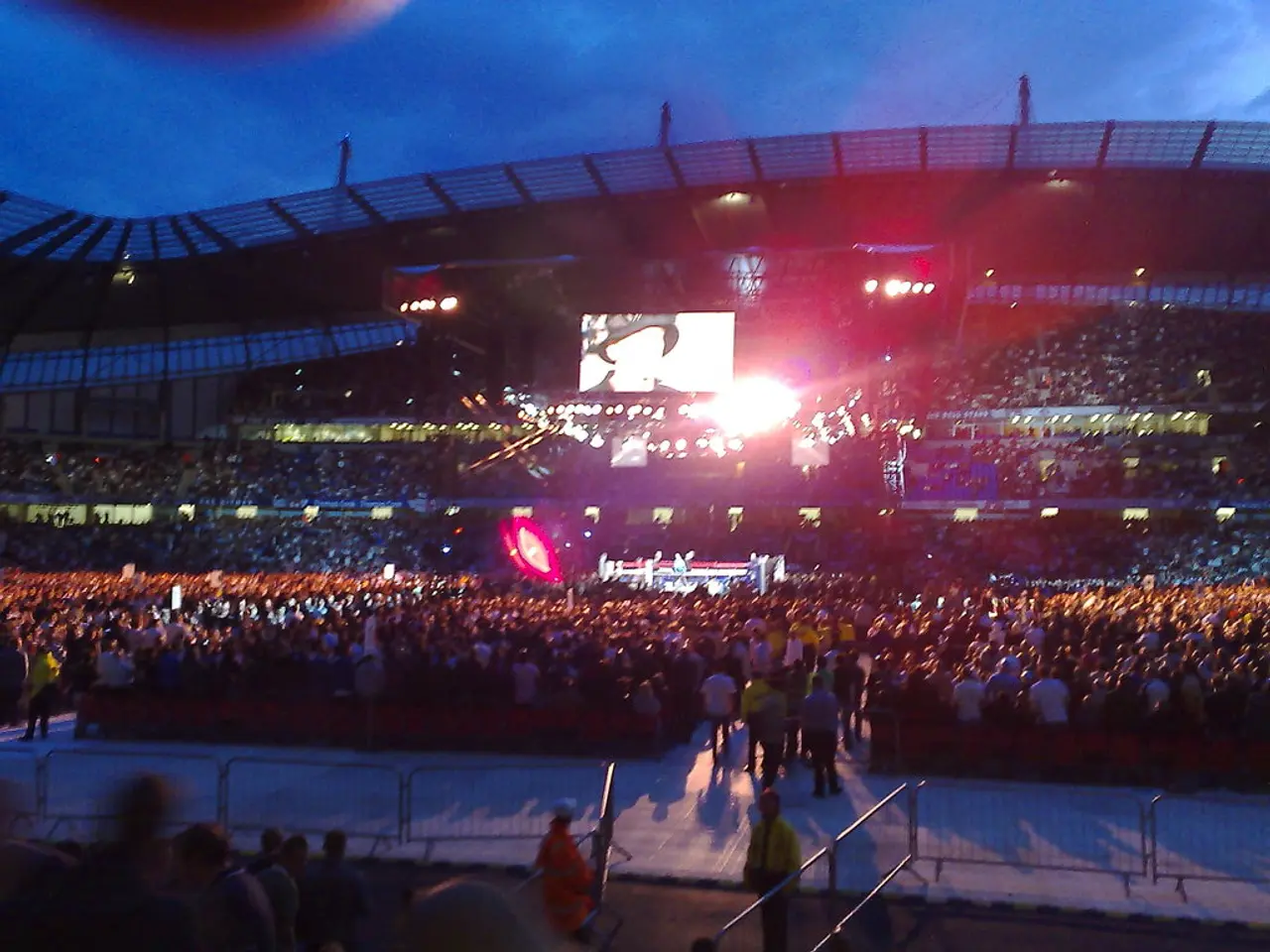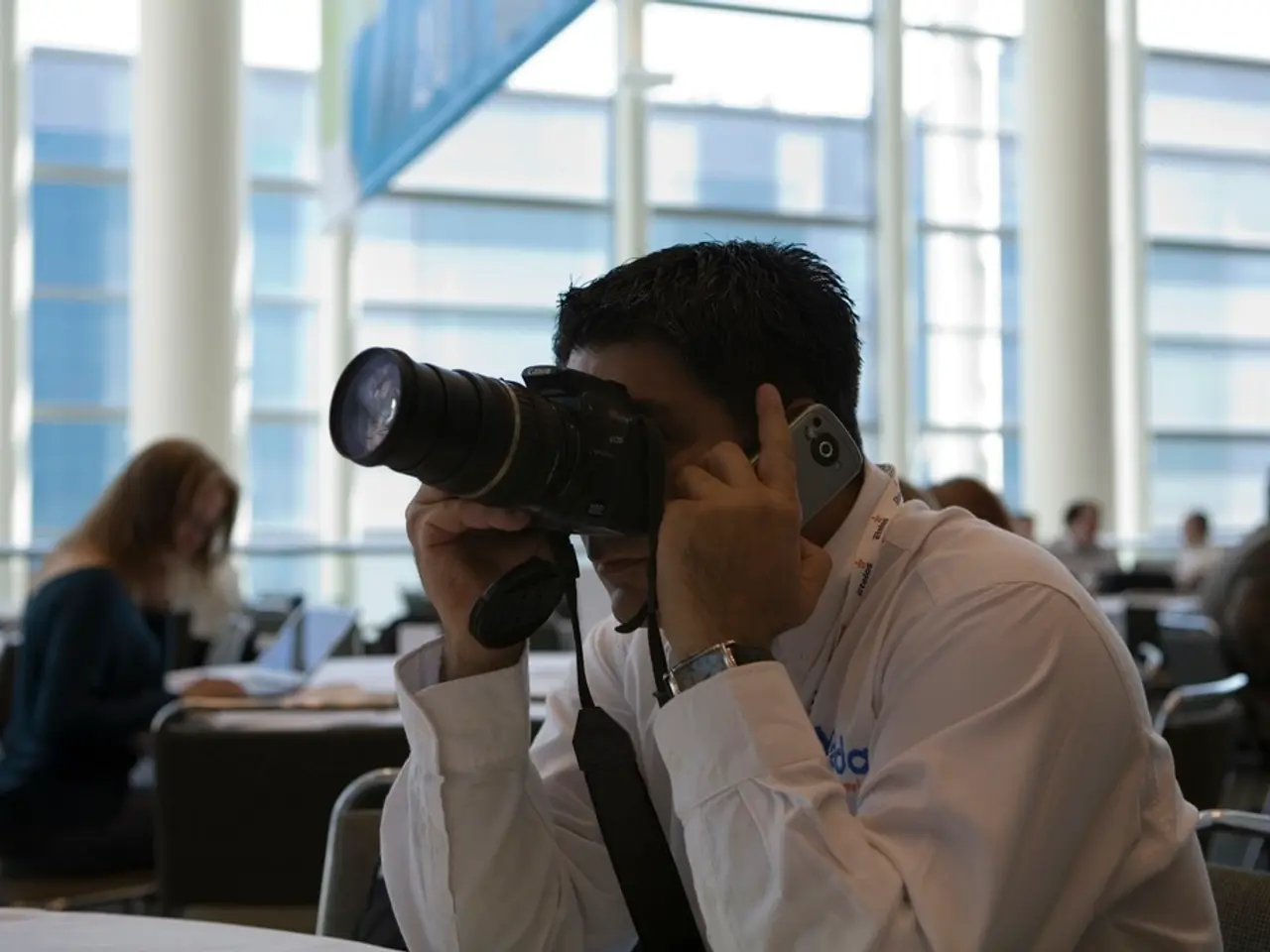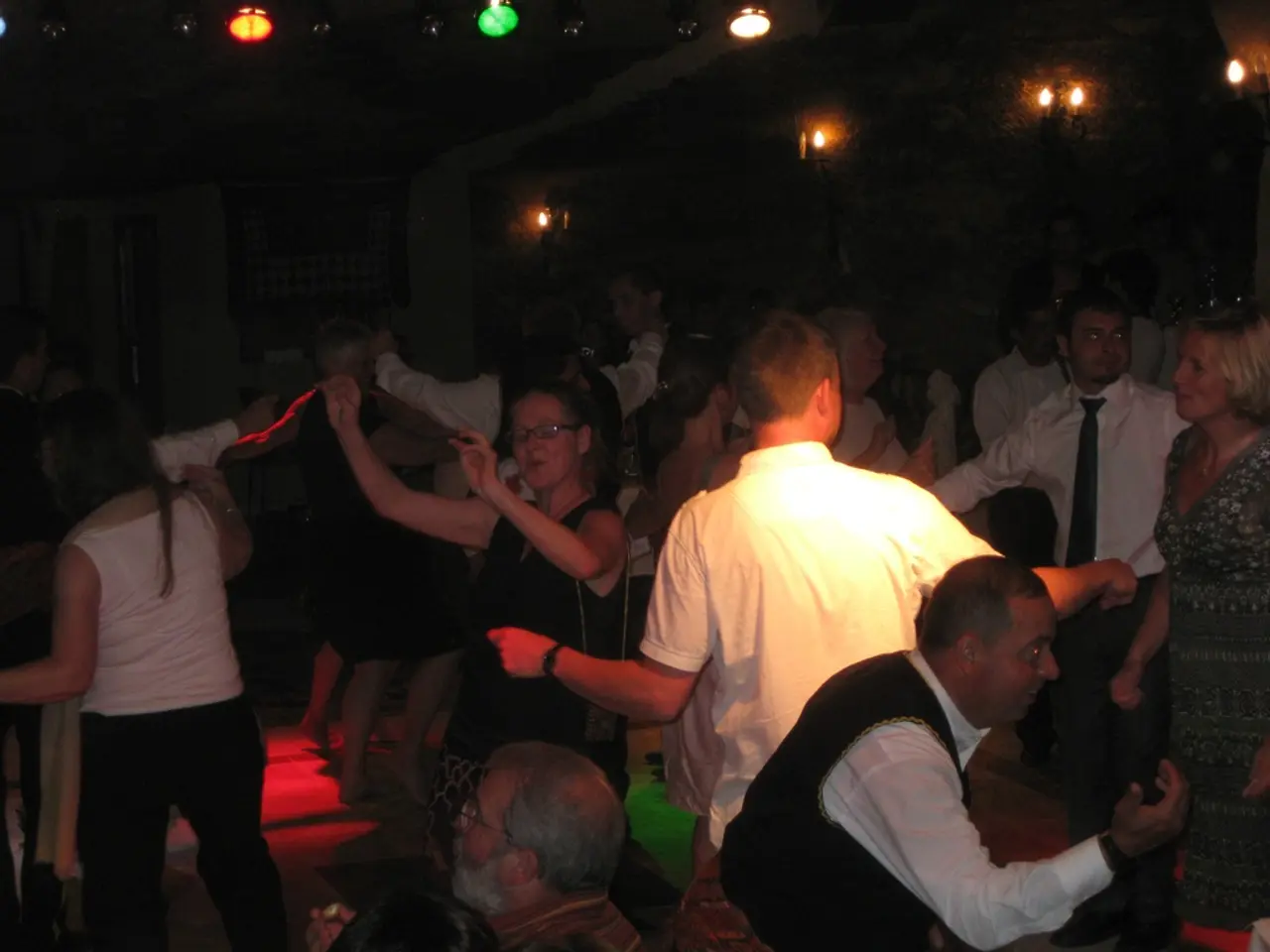Mastering Bass Guitar Recording Techniques for Outstanding Studio Quality Output
Recording a bass guitar can be an exciting yet challenging task, especially for home studio enthusiasts. To capture that balance of heavy low frequencies and midrange definition, several techniques and considerations come into play.
Instrument and Amp Choices
The foundation of a great bass sound begins with the choice of instrument and amplifier. A bass guitar and amplifier known for warm, full tones, such as a Fender Jazz Bass with fresh strings, can create a solid foundation for your recording. The right amp will naturally emphasise low-end fullness and midrange clarity.
Mic Placement and Signal Blending
Close-miking the amp speaker captures the mids that give the bass its attack and definition, while room mics or DI signals can add the weight and body of the low frequencies. Experimenting with mic distance and angle can help balance immediacy and smoothness in the tone. Combining direct input (DI) with an amp mic often yields the best control of both low-end depth and midrange presence.
EQ and Monitoring
When mixing, focus EQ on boosting the low end (typically under 100 Hz) for weight, while enhancing mids (between roughly 500 Hz to 2 kHz) to bring out the attack and note definition. Listening in context of the full mix, with headphones or nearfield monitors that reproduce bass accurately, is essential for judging the bass’s fullness and clarity.
Playing Techniques and Styles
The player’s hand position and playing style also influence the tonal balance. Playing closer to the neck gives warmer lows, while plucking near the bridge brings punchier mids and attack.
Recording Techniques
Recording a bass guitar directly helps to capture the low end and note definition, but it doesn't catch the sound's body, which requires an amp. Ideally, a bass guitar should be recorded both directly and through an amp at the same time for the best sound and tone.
When using a guitar amp to record a bass guitar, caution must be taken as the low frequencies can damage the speaker. When recording a bass guitar directly, a DI-box might be needed, depending on whether the instrument has passive or active pickups.
Equipment Recommendations
The AKG D112 is a large-diaphragm cardioid mic that can handle high sound pressure levels, making it a popular choice for recording bass amplifiers. The Shure SM58 is a dynamic mic always recommended to have in the home studio for recording bass guitar. Dynamic mics are the best option for recording bass guitar at home, as they can handle the loud volumes of a guitar or bass amp.
Powerful Amps and Volume Considerations
For recording a bass guitar at high volume, amps of at least 50 Watts are recommended. When using a combo amp, which combines the amplifier and the cabinet speakers inside one unit, you have a lower-budget option. Small practice combo amps for bass guitars can be found starting around the $70 mark, but they won't be very powerful and are best recorded at a lower volume.
Tone Variations
The range of tone that can be generated by a bass guitar can vary from sharp, aggressive styles to softer, gentler tones. To achieve a bright, aggressive tone with more note definition, use newer strings, play with a pick, and play near the bridge. To achieve a rounder, more mellow tone, use older strings, play with fingers, and play near the neck.
Combining Techniques for Creative Control
Mixing and matching the setup and style of playing can produce a whole spectrum of different bass tones, allowing for creative decisions based on the direction of the production. When combined with the kick drum, the bass guitar creates most of a song's low-frequency content.
Learning Resources
For those interested in learning more about recording and production, a weekly newsletter is available, which comes with a free home studio guide. By following these guidelines and techniques, capturing a great bass sound can provide a solid foundation for music and productions.
- A bass guitar and amplifier that produce warm, full tones, such as a Fender Jazz Bass with fresh strings, provide a solid foundation for your recording in capturing that balance of heavy low frequencies and midrange definition.
- Close-miking the amp speaker during recording captures the mids that give the bass its attack and definition, while room mics or DI signals can add the weight and body of the low frequencies.
- EQing during mixing focuses on boosting the low end (typically under 100 Hz) for weight and enhancing mids (between roughly 500 Hz to 2 kHz) to bring out the attack and note definition.
- Recording a bass guitar both directly and through an amp at the same time can provide the best sound and tone, capturing both the low end and note definition while adding the sound's body.
- When recording a bass guitar directly, a DI-box might be needed, depending on whether the instrument has passive or active pickups.
- For best results when recording a bass guitar at high volume, an amplifier of at least 50 Watts is recommended, and small practice combo amps for bass guitars can be found starting around $70 but won't be very powerful and should be recorded at a lower volume.








